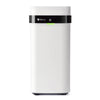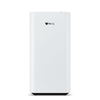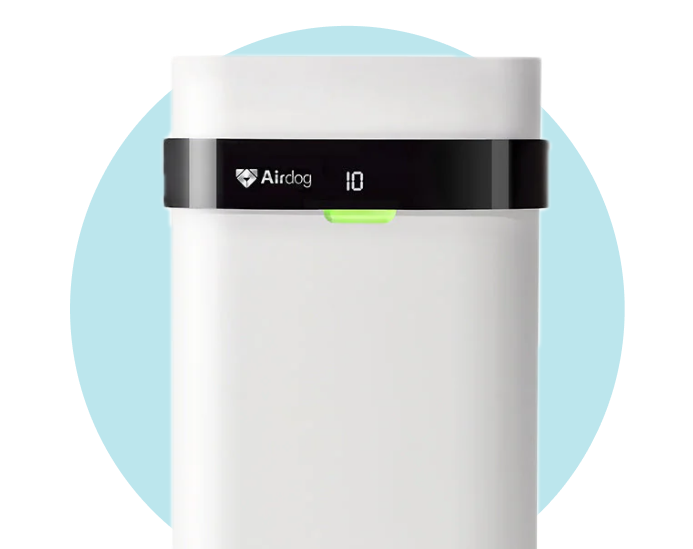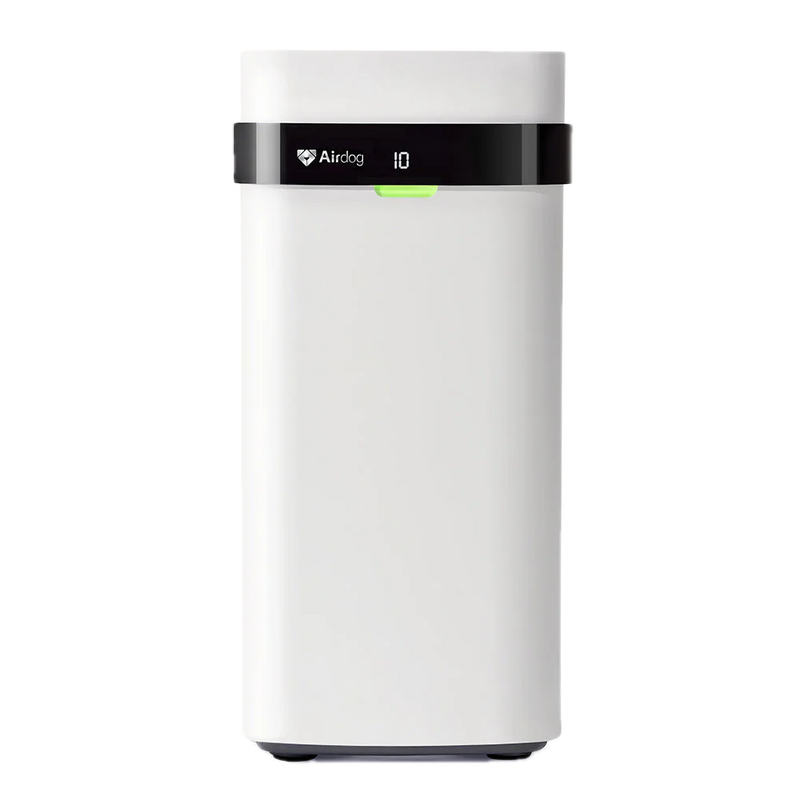Does Deshedding Work? The Science Behind Shedding and Coat Care
Shedding is a natural process for most pets, particularly dogs and cats, as their hair grows and falls out throughout the year. Some breeds shed more than others, and factors like coat type, health, and grooming routines can impact how much fur accumulates in your home. Many pet owners turn to deshedding tools, shampoos, and grooming techniques to reduce shedding—but does deshedding really work? Let's break down the science behind shedding, deshedding, and how to best manage your pet’s coat for optimal health.
Understanding Shedding and Coat Types
Dogs have different coat types, which influence how much they shed and the best ways to manage their fur. The most common types include:
-
Single-coated breeds: Dogs like Poodles and Maltese have a single layer of fur, meaning they shed less frequently but may still lose hair. They often require regular trimming to prevent matting.
-
Double-coated breeds: Breeds such as Golden Retrievers, German Shepherds, and Huskies have a thick undercoat beneath their guard hairs, leading to significant seasonal shedding. These dogs require specialized grooming techniques to remove dead hair effectively.
-
Short-haired vs. long-haired dogs: The length of a dog’s coat doesn’t necessarily determine shedding; however, longer-haired breeds tend to form mats and tangles if not regularly groomed. Short-haired breeds, like Beagles or Dalmatians, can shed just as much, but their hair tends to be finer and more noticeable on clothing and furniture.
Since shedding is a natural process, it cannot be stopped entirely, but it can be managed with the right grooming routine. Shedding is influenced by genetics, seasonal changes, and overall health.
How Deshedding Works
Deshedding focuses on removing loose hair and dead fur before it naturally falls out, reducing the amount of fur around your home. This is achieved through various methods:
-
Deshedding Tools: Special grooming tools such as a deshedding tool, undercoat rakes, and grooming combs help remove loose fur effectively, particularly for double-coated breeds. These tools target the undercoat, where most shedding occurs, without damaging the topcoat.
-
Deshedding Shampoos: Many pet shampoos are formulated with the right ingredients to help loosen dead hair and promote a healthier coat. These often include omega fatty acids to nourish the skin and reduce shedding caused by dryness or irritation. Some shampoos also contain ingredients that help strengthen the hair follicles, minimizing excessive shedding.
-
Regular Grooming Sessions: Frequent brushing helps prevent mats, removes excess hair, and stimulates natural oil production in the skin, promoting a shinier and healthier coat. A well-maintained coat reduces the risk of skin irritation and other skin conditions that can contribute to excessive shedding.
-
Professional Grooming: Groomers use specialized tools to reach deep into a dog’s coat, removing undercoat buildup and preventing excessive shedding. Professional grooming sessions are particularly beneficial for breeds with thick coats or dogs prone to matting.
Benefits of Deshedding
Deshedding offers multiple benefits beyond just reducing loose hair in your home:
-
Prevents matting and tangles: Dogs with thick coats or long hair are prone to mats, which can cause discomfort and skin irritation.
-
Reduces shedding around the house: By removing loose fur before it falls out naturally, pet owners can minimize the amount of hair on floors, furniture, and clothing.
-
Supports healthy skin and coat: Deshedding promotes better air circulation to the skin, reducing the risk of skin conditions and irritation. Regular grooming also helps detect early signs of skin infections or allergies.
-
Helps with seasonal shedding: Many double-coated breeds go through heavy shedding periods in the spring and fall. Deshedding tools and techniques can help manage this seasonal fur loss more effectively.
-
Improves bonding with your pet: Regular grooming sessions strengthen the bond between you and your dog while keeping them comfortable and healthy.
Factors That Impact Shedding
While deshedding is highly effective, other factors influence how much a dog sheds:
-
Coat Type: Double-coated breeds shed more than single-coated ones.
-
Diet: A grain-free diet or one rich in omega-3 and omega-6 fatty acids can improve coat health and reduce excessive shedding. Essential nutrients like biotin and zinc also play a role in hair strength and shedding control.
-
Health Conditions: Skin conditions, allergies, and hormonal imbalances can lead to excessive hair loss. Hypothyroidism, for example, can cause brittle hair and increased shedding.
-
Seasonal Shedding: Many breeds experience a heavier shed in spring and fall as they adjust to temperature changes.
-
Grooming Routine: Regular brushing and bathing with the right deshedding shampoos can significantly reduce shedding over time. A neglected coat can lead to matting, which in turn increases shedding and discomfort.
-
Hydration: Dogs with dry skin may shed more. Ensuring they drink enough water helps maintain a healthy coat.
Common Deshedding Tools and How to Use Them
Different deshedding tools work best for various coat types:
-
Undercoat Rake: Ideal for double-coated breeds like Huskies and German Shepherds, helping remove the dense undercoat without damaging the topcoat.
-
Furminator Deshedding Tool: Designed to reduce shedding, it works well for most pets but should be used with care on sensitive skin.
-
Grooming Brushes and Combs: Regular use of a slicker brush or comb can help maintain a healthy coat and reduce hair accumulation.
-
Professional Grooming Sessions: Visiting a professional groomer ensures thorough deshedding, particularly for breeds with thick coats.
The Connection Between Air Quality and Pet Hair
While deshedding helps reduce fur in the home, pet hair and dander can still impact indoor air quality. Air purifiers like those from Airdog can help remove pet dander, hair, and allergens from the air, creating a cleaner and healthier environment. Traditional HEPA filters may struggle with fine pet dander, but Airdog’s Two-pole Active Filtration Technology (TPA) captures even the smallest particles, providing superior air purification without the need for wasteful, disposable filters. This can significantly reduce allergic reactions and improve indoor air quality for both pets and humans.
Managing Shedding for a Healthier Home
Deshedding is an effective way to reduce loose fur, maintain a dog’s coat, and improve skin health. Regular brushing, deshedding tools, the right shampoos, and a healthy diet all contribute to better coat management. While shedding is a natural process, it can be controlled with consistent grooming and attention to a pet’s overall health.
To further improve air quality and minimize pet-related allergens, investing in an air purifier can be a game-changer. Explore how Airdog’s innovative air purification technology can help keep your home’s air clean and free of pet hair, dander, and other airborne irritants.





